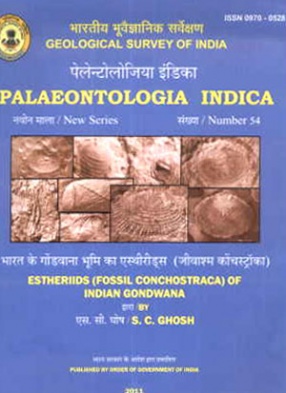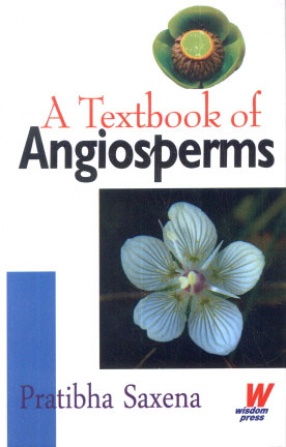The medical professionals and ecologist are necessary basic identification as a significant initial step in familiarization. Thus, for all concerned, identification is important to biologically classify the organisms collected. The family simuliidae is a medically and ecologically significant group of aquatic insects often occurring in high densities and diversity. The greatest public health importance of blackflies lies greatest public health importance of blackflies lies in their roles as vectors of the filarial nematode onchocerca volvulus Leuckart, the causative organism of human onchocerciasis (river blindness) in tropical Africa, Central America, Northern South America and Yemen where 30 million people are infected. Blackflies cause several clinical symptoms and affect the public health in world, there is no blackfly vector species and the receptiveness diseases recorded in India, but the distribution and abundance of blackfly are huge in India. Due to urbanization, industrialization, anthropogenic impact, there is a possible to spread this disease in India in several ways. Hence this book would be helpful for potential studies on the epidemiology and conservation biology of blackfly of India.
This coverage is planned to offer a guide to South Indian species of Blackflies: their medical significance, taxonomy, phylogeny, morphology, ecology and distribution as well as collection and rearing techniques. The treatment should agree to a variety of group, both lay and professional, to identify and classify the adults, pupae and larvae they collect and having done so, to associate applicable ecological and distributional information with the set in question. The book is intended for students and professionals in parasitology, microbiology, clinical pathology and public health, medical entomology, freshwater ecology, natural resources, conservation and water quality.






There are no reviews yet.